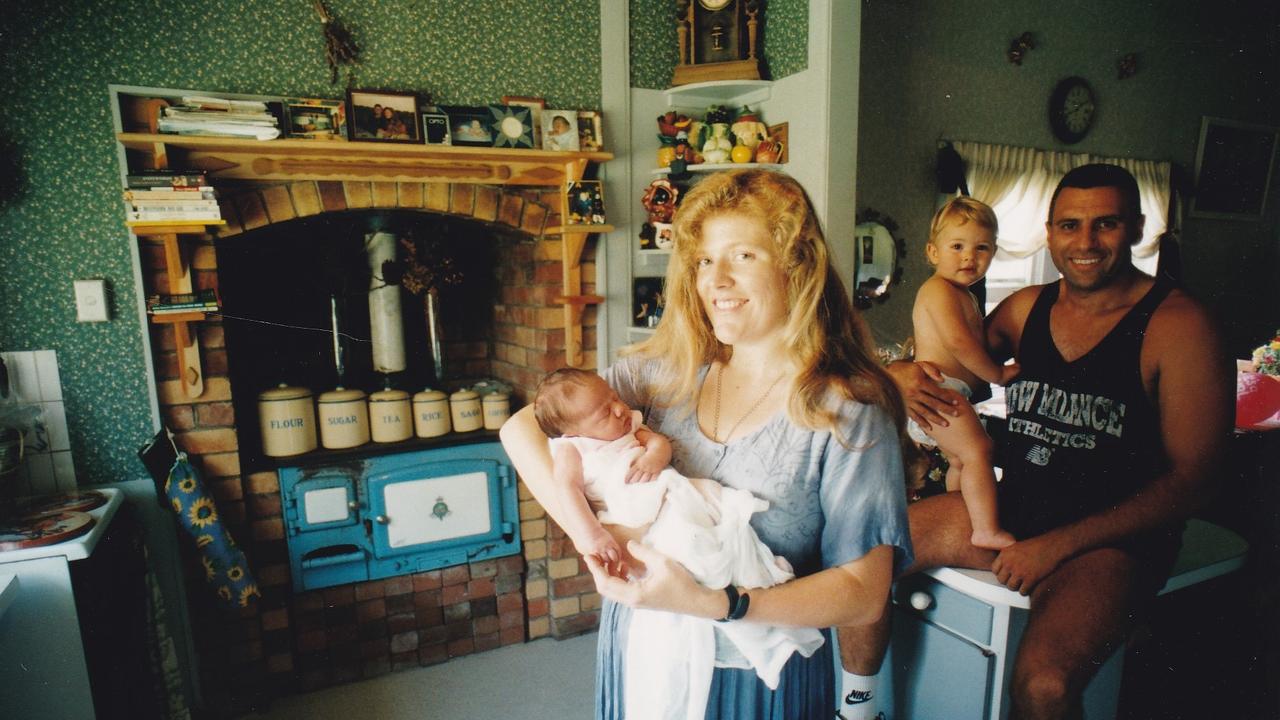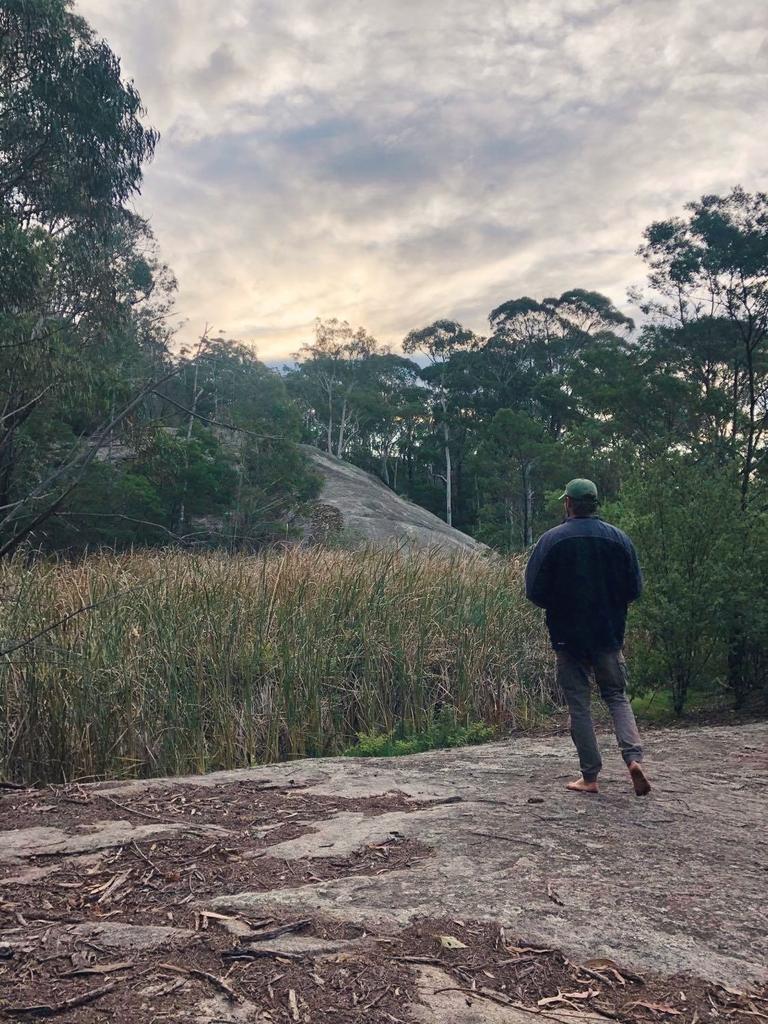No matter your views, this is what you should be asking
We all know the ongoing debate around Australia Day, but this year, no matter what your views, ask yourself this one question.
It’s a summer affair — we can hear the cadence of unfolding camp chairs, the hissing of oil and beef, the fireworks of cracking tinnies. In the backdrop, warriors are stomping into formation. The day of January 26, as it unfolds across the nation, means many different things to us all.
Although one truth is certain on this day: whatever we may be doing, we’ll be doing it on someone’s Country. So why not reflect on the truth that is Country, and ask yourself the following question:
What kind of ancestor do you want to be?
That was a question asked to me once, by a non-Indigenous lecturer I favoured at university. When asked correctly, it’s a question that transcends the difference in our identities, and leans on our universal responsibility as human beings. This responsibility pertains to the land, and ever more urgently, this question demands an answer.
Before I get too deep, let me introduce myself properly, as is the cultural way.
My name is Dakota, and I live in Meanjin, on Jagera & Turrbal Country. I was born on my great-grandfather’s Country north of the Clarence River, Bundjalung. My great-grandmother’s Country was south of this river, where my sister was born on the kitchen floor of our home, in the bush of Gumbaynggirr.
January 26 is not a day for celebration – that’s why news.com.au is campaigning to change the date of Australia Day, so we can celebrate the best country in the world, without leaving anyone behind.

That village we lived in as kids is called Coutts Crossing. Not many people today have heard of this small bush town, other than the times it made local news — including when my newborn sis got our family on the front page of the local newspaper in ‘99. More recently, Coutts Crossing made headlines in 2018, when the name was up for debate between local Elders and the wider township.
The village was named after Thomas Coutts, who arrived at Kangaroo Creek in 1840 and established a cattle station. Local stories told by Elders including Aunty Lenore Parker, reveal Coutts was responsible for lacing bags of flour with arsenic, poisoning and killing 23 Gumbaynggirr people in 1847.
To this day, the name of my sister’s birthplace remains the same, due to heavy resistance from the villagers. My Grandmother always spoke about the Myall Creek Massacre and other mass killings on our Country. She spoke about them in a disturbed manner, one that I cannot forget. I came to know the stories by listening deeply because they were spoken only softly, as if they were secrets.

I was raised further south, on Yuin Country. The township itself received little recognition, with one grey exception. It was heavily quarried in the 1900s because of its abundance in granite.
The Yuin granite made up the four pillars of Sydney Harbour Bridge in the 1920s. This history is memorialised by a local monument, and by a music festival named ‘Granite Town’. That’s right, a pillar of Australian iconography is built on the foundations of stolen Country.
What wasn’t addressed on that monument was the ethnography of the workers in the quarry — Indigenous and non-Indigenous working together.
Australian nationhood has been carefully built. We often herald historic monuments, figures and moments. Anchoring the battler across the timeline of Aussie iconography, referencing back as if it were religion.
The problem with the archetypes of Australian iconography: the absence and erasure of Indigenous peoples, and in turn, the absence of a meaningful connection to Country.
Beneath all of this, I see heart-bearing Australians who rightfully feel a sense of belonging to the landscape. However, reaching for meaning without Indigenous peoples and perspectives present, leads to an irrational, exclusionary and detached nationhood. By renaming Country and reshaping history, we’ve arrived at a disjointed truth — one devoid of meaning or relationship to the landscape — with diabolical environmental consequences.
We guard this curated ‘truth’ so ferociously that we attack any who should challenge the skin tone of the Man From Snowy River, or suggest we should change the date of Australia Day.

Here’s an Indigenous perspective I invite everyone to sit with:
Names, dates, stones and bridges: the invisible and physical symbolic matter that makes us who we are. We cannot own these things. Rather, they own, and in turn, guide us.
I cannot own the Clarence river or the Nymboida hillscape. These mountains and rivers own and guide me.
With our temporary occupancy, comes the responsibility to love and leave Country, in a better condition than when we found it. We are each the occupants of a sacred landscape, the inheritors of complex histories, and the architects that will shape the future for our children’s children. We need to be more than mindful of the symbolisms in which we make meaning as Australians.
Whether we change, abolish or keep the date, let’s at least ask ourselves: what kind of Ancestor do I want to be?



